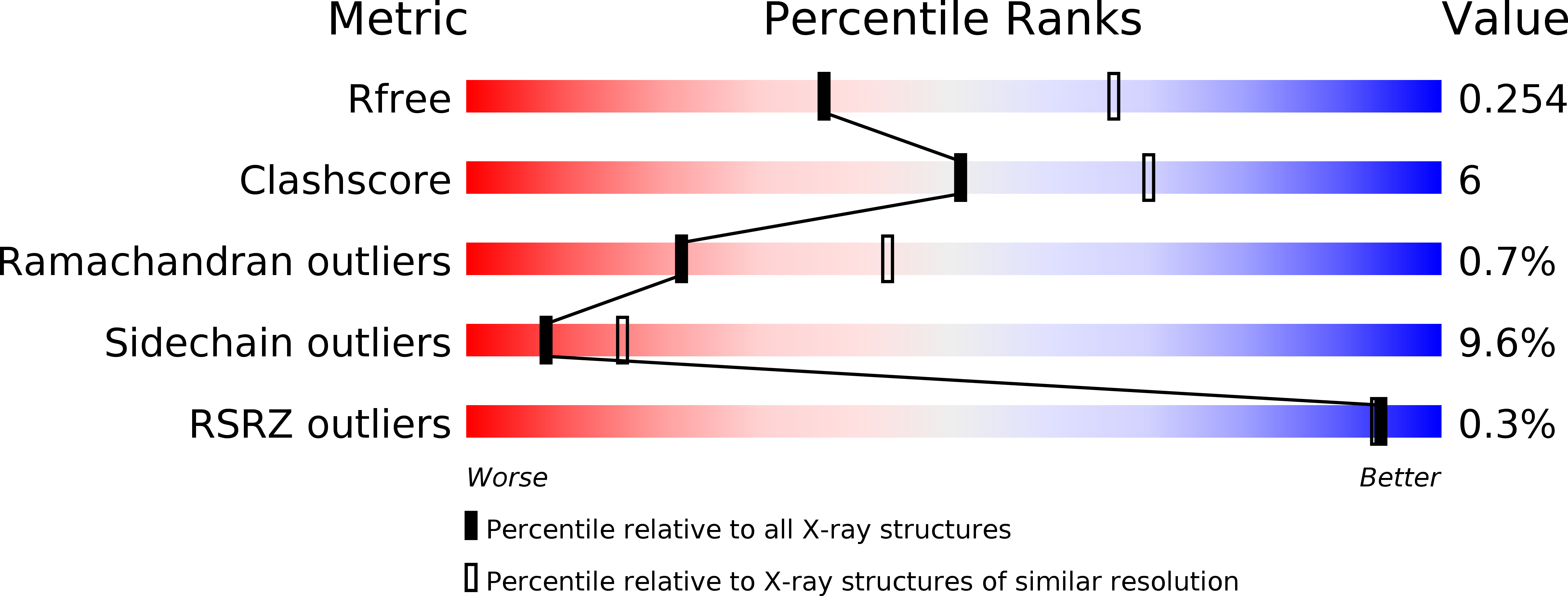
Deposition Date
2013-01-05
Release Date
2013-07-31
Last Version Date
2024-10-16
Entry Detail
PDB ID:
4INN
Keywords:
Title:
Protein HP1028 from the human pathogen Helicobacter pylori belongs to the lipocalin family
Biological Source:
Source Organism:
Helicobacter pylori (Taxon ID: 102618)
Host Organism:
Method Details:
Experimental Method:
Resolution:
2.60 Å
R-Value Free:
0.24
R-Value Work:
0.19
R-Value Observed:
0.19
Space Group:
P 21 21 21


